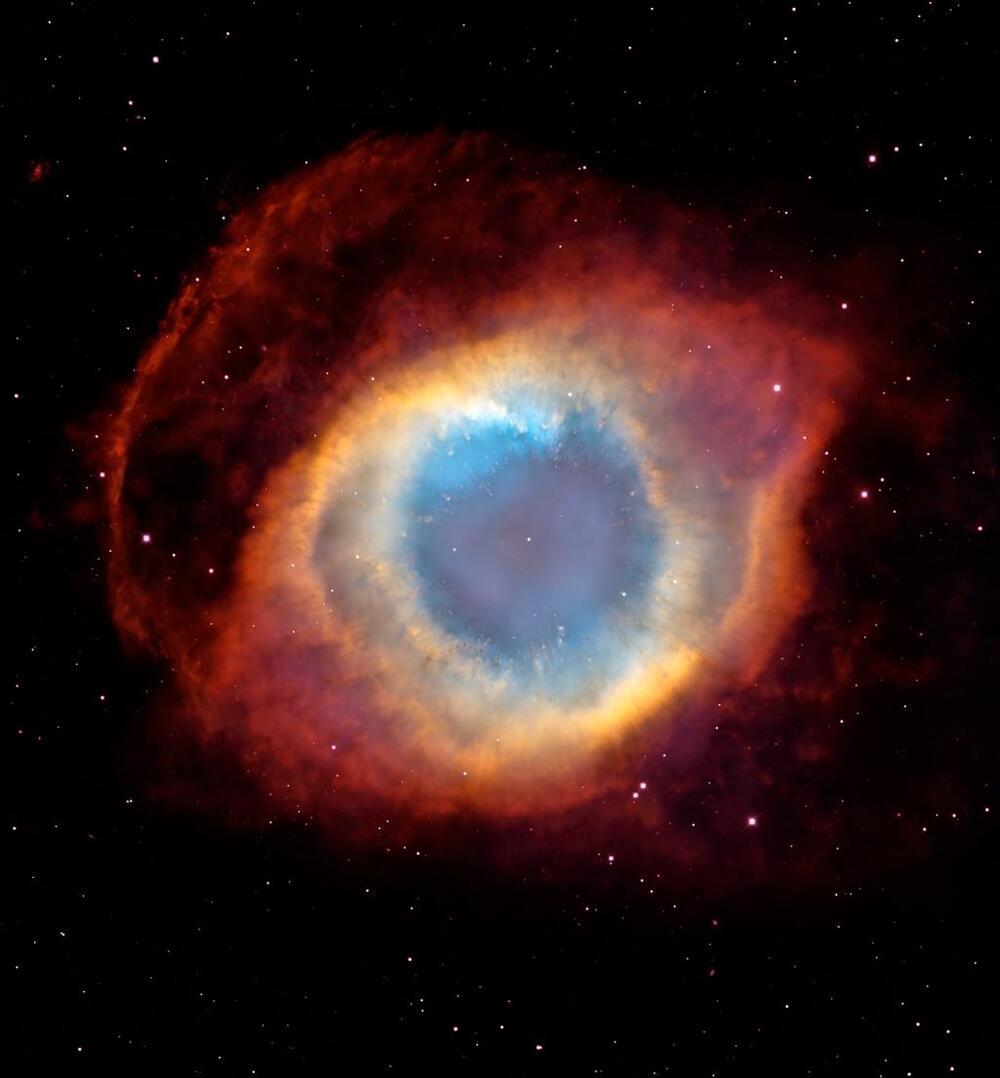Shell has opened its first EV charging hub in Fulham, London, in the UK where petrol and diesel pumps at an existing fuel station have been replaced with ultra-rapid charge points. Read on to find out more about this global pilot.



Berkeley Lab engineers have developed an all-season smart roof coating that keeps homes warm during the winter and cool during the summer without consuming natural gas or electricity. The all-season roof coating automatically switches from keeping you cool to warm, depending on outdoor air temperature.
The problem with many cool-roof systems currently on the market is that they continue to radiate heat in the winter, which drives up heating costs, explained Junqiao Wu, a faculty scientist who led the study. “Our new material – called a temperature-adaptive radiative coating (TARC) – can enable energy savings by automatically turning off the radiative cooling in the winter, overcoming the problem of overcooling,” he said.
The key to the technology is a strange compound called vanadium dioxide (VO2). In 2017, Wu and his research team discovered that electrons in vanadium dioxide behave like metal to electricity but an insulator to heat. Below about 67 degrees Celsius, vanadium dioxide is also transparent to thermal-infrared light. But once vanadium dioxide reaches 67 degrees Celsius, the material switches to a metal state, becoming absorptive of thermal-infrared light. This ability to switch from one phase to another – in this case, from an insulator to metal – is characteristic of what’s known as a phase-change material.
A wind power company, SheerWind, from Minnesota USA has announced its new Invelox wind power generation technology. The company says its turbine could generate six times more energy than the amount produced by traditional turbines mounted on towers.via: News Direct
Source/image: News Direct

Billions of years from now, the Sun’s finale will turn the entire inner solar system into a very nasty place.
The Sun is an ordinary star. It bathes the solar system with light and heat, making life possible on Earth. It’s as regular as clockwork, and it sets our daily life cycles in conjunction with Earth’s spin. Little wonder ancient peoples revered the Sun as a god. Yet the Sun will not always be steady and reliable. Billions of years from now, the Sun’s finale will turn Earth — and the entire inner solar system — into a very nasty place.
At 4.6 billion years old, the Sun is about halfway through its life. Its adulthood, called the main sequence phase, lasts 10 billion years. When the Sun runs out of hydrogen fuel, it must generate energy by fusing heavier elements.


Houston-headquartered renewables company EDP Renewables North America has completed a 200-megawatt (MW) solar farm in Randolph County, Indiana, northeast of Indianapolis. It’s now the largest-capacity solar farm in Indiana.
UnderstandSolar is a free service that links you to top-rated solar installers in your region for personalized solar estimates. Tesla now offers price matching, so it’s important to shop for the best quotes. Click here to learn more and get your quotes. — *ad.
Riverstart Solar Park has a sole 20-year power purchase agreement with electricity supply cooperative Hoosier Energy, which will use the clean energy to power households in central and southern Indiana and southeastern Illinois.

Olipa Elisa said her 10-year-old son used to have to hike 5km (3 miles) every day to the nearest school, often arriving late and exhausted.
“I am very excited that we now have a school closer to my home, and my child will not have to take the long journey,” said Elisa, 38. “What we need is more of these learning blocks to accommodate other classes.”
Run by 14Trees, a joint venture between Swiss cement manufacturer LafargeHolcim and British development finance agency CDC Group, the project was faster, cheaper and less energy-intensive than conventional construction, said 14Trees managing director Francois Perrot.
Circa 2020
Harnessing the destructive potential of force and rotation, cutting tools like saws, drills, and angle grinders can obliterate the superlative properties that materials work so hard to perfect. And even when materials are designed to work against the power of these tools, the materials still often fail.
So what if instead we designed materials to work with the power of cutting tools rather than against them? While that may sound counterintuitive, it is just what an international group of researchers has done—and their preliminary tests show the ceramic–metal composite material they designed resists damage beyond shallow surface cuts.
The researchers, from Durham University, University of Surrey, and University of Stirling in the U.K. and Fraunhofer Institute and Leibniz University Hannover in Germany, developed a ceramic–metal composite that, despite being just 15% as dense as steel, is nearly uncuttable. By harnessing the power of vibration, the material directs tools’ destructive energy back upon themselves, wearing the tools down before they can inflict serious damage on the material.

